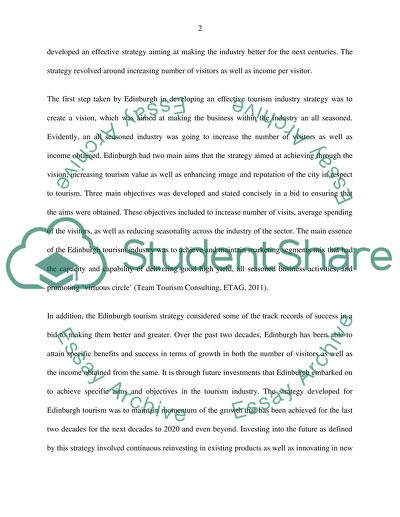Cite this document
(“Appropriateness of the Edinburgh Tourism Strategy Essay”, n.d.)
Retrieved from https://studentshare.org/tourism/1397861-evaluate-the-appropriateness-of-the-strategy
Retrieved from https://studentshare.org/tourism/1397861-evaluate-the-appropriateness-of-the-strategy
(Appropriateness of the Edinburgh Tourism Strategy Essay)
https://studentshare.org/tourism/1397861-evaluate-the-appropriateness-of-the-strategy.
https://studentshare.org/tourism/1397861-evaluate-the-appropriateness-of-the-strategy.
“Appropriateness of the Edinburgh Tourism Strategy Essay”, n.d. https://studentshare.org/tourism/1397861-evaluate-the-appropriateness-of-the-strategy.


